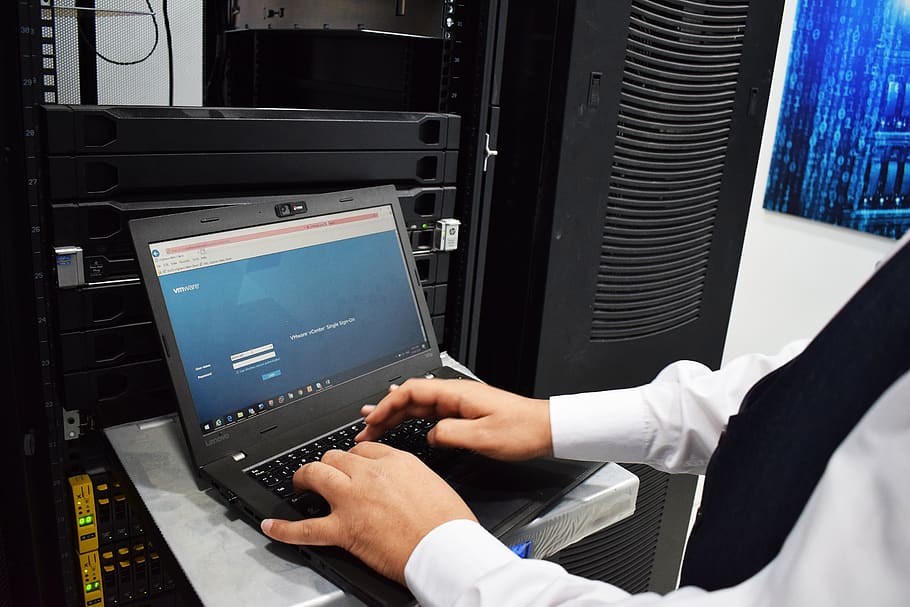Companies use data to detect trends, forecast the market, prepare for future demands, and gain a better understanding of their customers. However, how can you gather all of your company’s data in one place so that you can make informed decisions? Data ingestion helps you to consolidate data from numerous sources into a single location, allowing you to view the broader picture buried inside your data.
Challenges
Slow. It was simple to build scripts or manually make mappings to cleanse, extract, and load data back when ETL technologies were first developed. However, data has grown in size, complexity, and variety, and traditional data input methods can no longer keep up with the volume and scope of modern data sources.
Complex. Companies may struggle to extract value from new and rich data sources such as smartphones, smart meters, sensors, and other connected devices due to the explosion of new and rich data sources. This is due in large part to the difficulty of data purification — such as finding and eliminating mistakes and schema incompatibilities.
Expensive. A variety of variables contribute to the high cost of data input. The infrastructure required to handle the various data sources and proprietary tools can be costly to maintain over time, and keeping a staff of experts on hand to support the ingestion pipeline is also costly. Not only that, but when business decisions are delayed, actual money is lost.
Insecure. When it comes to transporting data, security is always a concern. Data is frequently staged at multiple points during ingestion, making it challenging to maintain compliance standards throughout.

